
Clymene Dolphin Facts
- First of all, the truly remarkable Clymene Dolphin ranks as quite unique. This holds true because it represents the only known species of its kind. That’s because, to date, it remains the only known instance of a new species of marine mammal arising from the interbreeding of two different species.
- Rather surprisingly, though, John Edward Grey actually first identified the unique animal in the year 1846. However, at that time, researchers believed the creature to be simply a subspecies of another dolphin. Yet, scientists did not acknowledge its true status until 1981, when they reassessed the data.
- Further, the exact population of this species numbers remains undetermined. This occurs due to lack of sufficient information. But, current evidence does indicate that the mammal has a reasonably large population base. Therefore, the IUCN currently lists it as a Species of Least Concern.
Related Articles
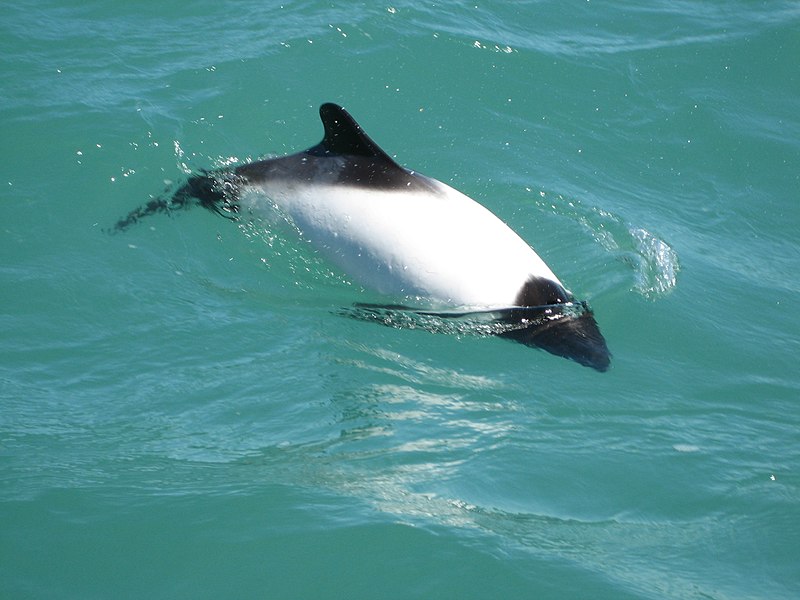
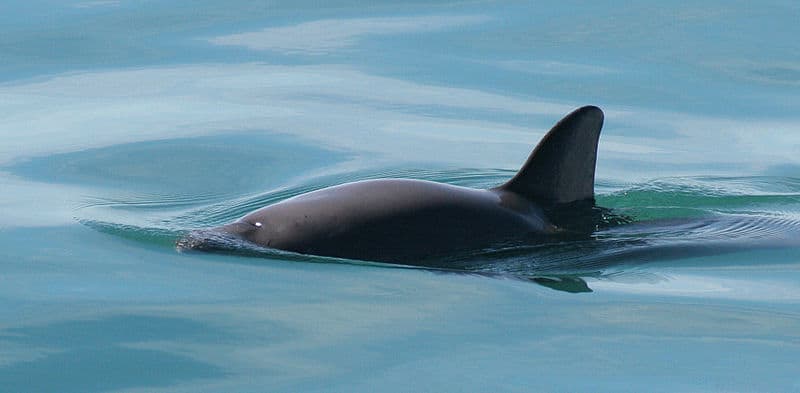
Vaquita
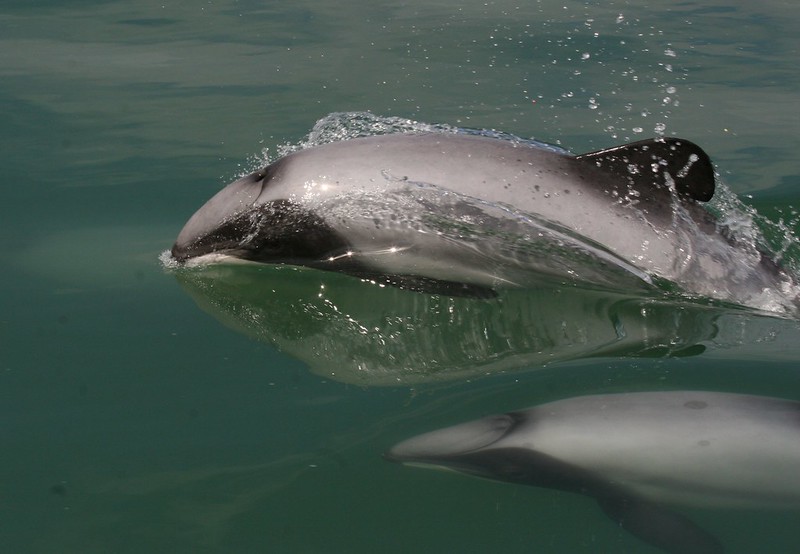
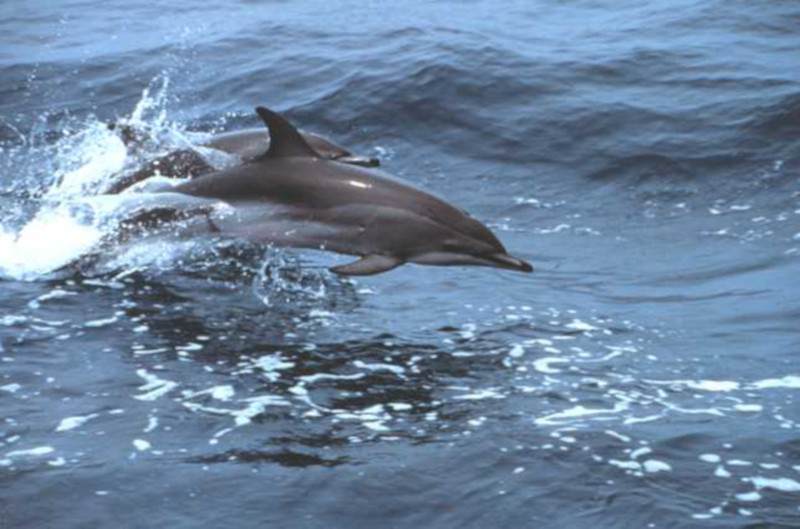
Clymene Dolphin Physical Description
Perahps most notably, the marvelous Clymene Dolphin bears an extremely close resemblance to the Spinner Dolphin. This remains unsurprising, however, given that it represents a hybridization of that species and the striped dolphin.
Further, unlike many related cetaceans, it show no appreciable degree of sexual dimorphism. Secondly, as a result, both genders attain an average length of about 6.6 ft (2 m). The remarkable creature also averages about 165-176 lb (75 – 80 kg).
In addition, it displays a fascinating color scheme. That’s because this consists of three distinct color bands. Firstly, the top layer, from the beak to the tail, shows dark gray. Secondly, a strip of lighter gray extends the same length. Finally, the bottom third of the body, the underside, displays a shade of white.
Furthermore, the flippers, beaks, and lips present a dark gray color as well. It can also be further distinguished from the Spinner Dolphin by another feature. In its case, the beak grows slightly shorter, and the dorsal fin remains somewhat less erect.
- Kingdom: Animalia
- Phylum: Chordata
- Class: Mammalia
- Order: Artiodactyla
- Family: Delphinidae
- Genus: Stenella
- Species: S. clymene
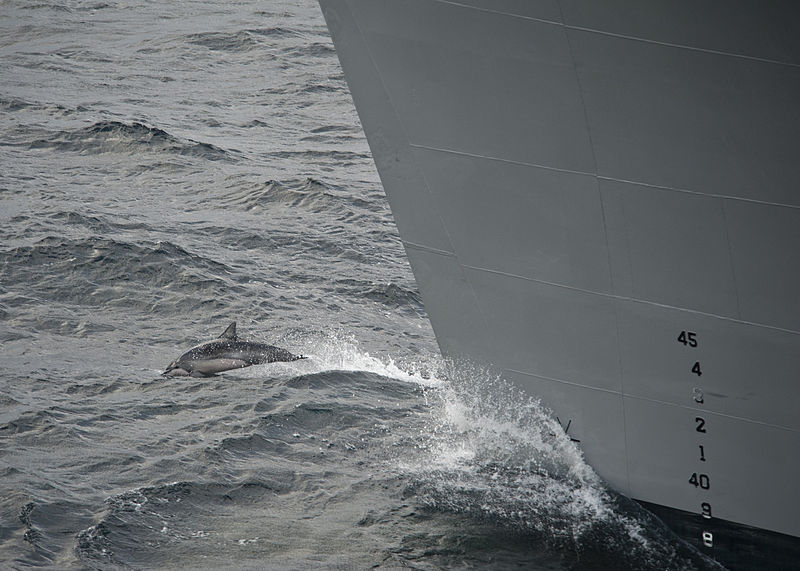
Clymene Dolphin Distribution, Habitat, and Ecology
The habitat range of the impressive Clymene Dolphin appears to be confined to the Atlantic Ocean. However, the full extent of its range remains uncertain. Therefore, it is possible that its endemic territory extends beyond this area.
Furthermore, within its known range, the majority of individuals show a decided preference for tropical and temperate waters. But nevertheless, the greatest population concentration appears in a concentrated zone.
That zone extends as far north as New Jersey, in the United States, in North America. Meanwhile, the southern portion extends a far as Rio de Janeiro, Brazil, in South America. Yet, it does not appear to inhabit the Mediterranean Sea.
Also, this unique species appears to have a preference for deeper regions of ocean. Few appear at depths of less than 330 ft (100 m). Due to this fact, many sightings occur in the Gulf of Mexico. In fact, most individuals live in three distinct known population groupings.
Further, the animal usually prefers to hunt at night. Its primary prey varies, of course, but typically includes such species as fish and small squid. But, for the moment, its own known predators only appear to be the Cookiecutter Shark.
Species Sharing Its Range

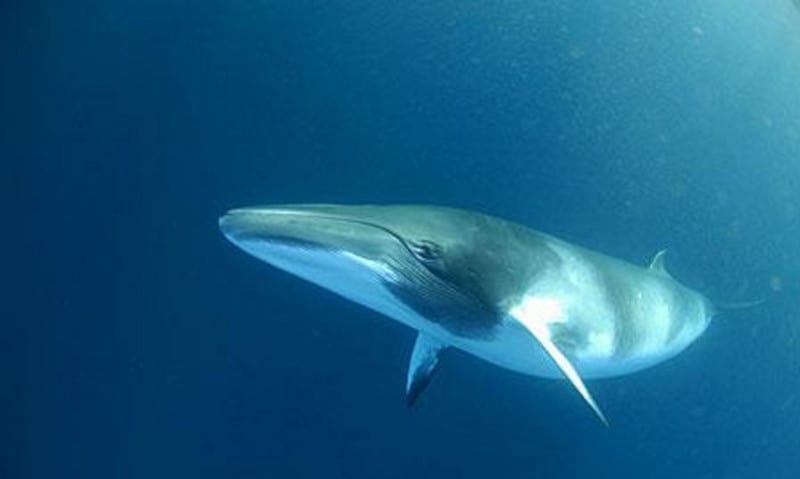
Fin Whale
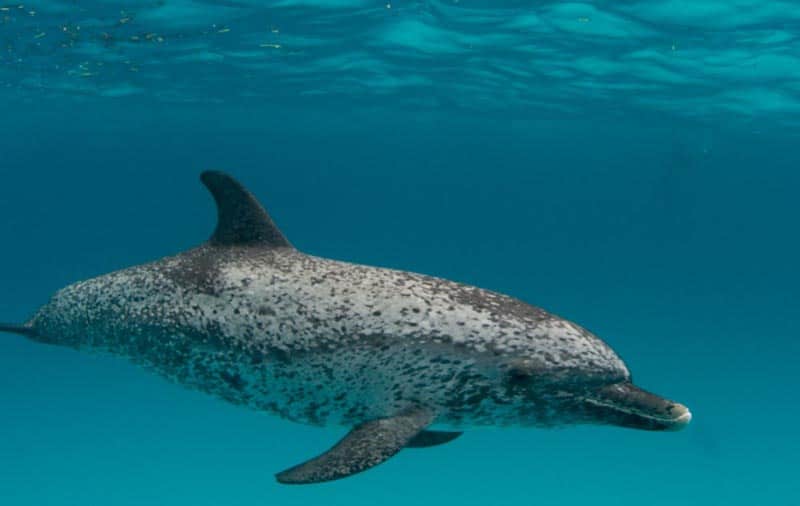
Atlantic Spotted Dolphin
Check out our other articles on Earth’s Geothermal Marvels, Blue Footed Booby, Cano Cristales, Naked Mole Rat, Chatham Island forget-me-not, Lord Howe Island Stick Insect, Gila Monster









Leave a Reply